is there something wrong with my fiddle leaf plant?
Victoria G
5 years ago
Featured Answer
Sort by:Oldest
Comments (16)
imperialtrooper
5 years agoVictoria G
5 years agoRelated Discussions
What's Wrong with my Fiddle Leaf Fig Tree??
Comments (5)It depends. Treated municipal water might contain chlorine (often not the kind that dissipates after the water stands for a while), and hard water can cause harmful mineral deposits, but you can avoid that by flushing the soil frequently. Still, rainwater or R/O (reverse osmosis) water is great, especially to flush accumulated mineral deposits from soil. Just be aware that if your ficus's roots can't take up water at all, either because they've died of dehydration or from suffocation because water retentive soil stayed soggy for long periods of time, even the purest water won't help. That being said, one of the easiest things to start with is flushing the soil to remove mineral deposits, and R/O or rainwater make that easier. I used R/O water from a supermarket machine to flush my plants, but when I'm not up to hauling stuff I use tap water from my faucet mounted filter. Once you've done that, learned how to tell your plans actually needs water before watering, and learned how to remove as much perched water as possible after watering, you can focus on getting your ficus into a fast draining soil that doesn't pose a danger to its roots. Another excellent thread called Dealing with water retentive soils: http://forums2.gardenweb.com/discussions/1415041/dealing-with-water-retentive-soils?n=62...See MoreWhat is wrong with my Fiddle Leaf Fig?
Comments (0)Hey guys. I bought two fiddle leaf fig babies a couple months back. They were small plants that were in a 4-5" pot. I decided to put them in one pot to make a bushier, fuller plant. I noticed these brown/purple-ish dots a couple days ago. Should I down size and separate the two figs? I'm so scared/confused....See MoreCalling all Fiddle Leaf experts! What is wrong with my FLF?!
Comments (11)its called mechanical damage ... is it always outside... any windstorms in the last month ... cats.. dogs.. children .. you when you move it around.. shipping from grower to seller to you ... bottom line.. its nbd ... if its putting out new leaves.. take off the ugliest ... and if its mechanical ... then you sprayed form nothing.. its is preferred you actually find something to treat.. before you start applying any kind of goos... water when a plant needs water ... insert finger and find out ... whether or not every 5 days is reasonable.. is left to you to figure out .. its not really about what the media surface looks like ... humidity is rarely an issue ... but this doesnt look like that ... id think it would be more brown all over. .and rather crispy ... and just for the heck of it ... how about a pic of the whole ... did you just show us a few damaged leaves.. and the rest looks good??? ken ps: wait a minute.. down under ... you are just leaving summer... right... was it outside all summer long.. how bad was summer ... how windy ... etc ... but do keep in mind.. all plants shed a few of the oldest leaves.. and this often happens in winter ... the whole plant pic might help .......See MoreHelp!! Is my Fiddle leaf fig infested with something?
Comments (2)a quality seller ought to have conformed with state Ag licensees .. and shipped 'clean' stock ... did you buy from a good seller ... lesson learned if you didnt ... have you asked the seller what it might be???? after that.. does the stuff rub off?? ... it looks like just water or fert surface stains??? nothing on the stem concerns me ... could we see the whole plant ... not straight down.. from the side ... thx ... there is a lot of glare on your pix .. im sure i could not have done better.. but it makes it hard to differentiate the whiteness ... just dont treat it with anything.. until you confirm there is actually something that requires it .... its stressed from shipping.. and slathering on any goos.. on any stressed leaf.. usually just leads to more problems ..... just be patient .. i dont see all that much wrong with it on these pix ... ken...See MoreVictoria G
5 years agoVictoria G
5 years agotapla (mid-Michigan, USDA z5b-6a)
5 years agolast modified: 5 years agoVictoria G
5 years agoVictoria G
5 years agoUser
5 years agoVictoria G
5 years agoVictoria G
5 years agotapla (mid-Michigan, USDA z5b-6a)
5 years agolast modified: 5 years agoVictoria G
5 years agotapla (mid-Michigan, USDA z5b-6a)
5 years agolast modified: 5 years agoVictoria G
5 years agotapla (mid-Michigan, USDA z5b-6a)
5 years ago
Related Stories
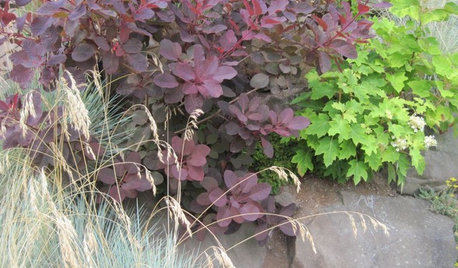
PURPLE FOLIAGE5 Purple-Leaf Majesties of Shrubs
Looking for beautiful depth and dynamism in your landscape? Just add purple
Full Story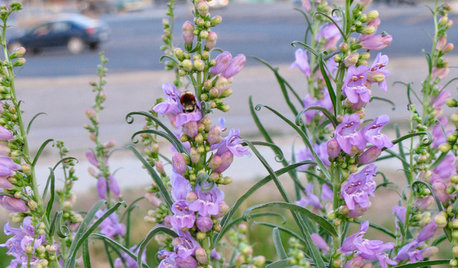
GARDENING GUIDESDoes Your Garden Welcome Wildlife Visitors With Something to Eat?
Learn which flowers and plants provide essential food for pollinators and other beneficial wildlife
Full Story
GARDENING GUIDES8 Deer-Resistant Elegant Evergreen Shrubs to Plant This Fall
Who knew that such beautiful shrubs could be deer-resistant?
Full Story
HOUSEPLANTS10 Top Plants to Grow Indoors
Brighten a room and clean the air with a houseplant that cascades artfully, stretches toward the ceiling or looks great on a wall
Full Story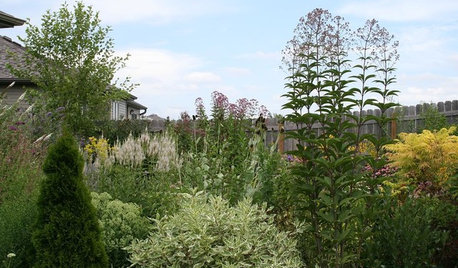
GARDENING FOR BUTTERFLIESGreat Design Plants: A Bevy of Beauties from the Meadow
Draw butterflies, birds and bees to the garden year-round with these low-maintenance Eupatorium varieties
Full Story
HOUSEPLANTS8 Essentials for Healthy Indoor Plants
Houseplants add so much to our homes — and can thrive when grown in the right conditions. Keep these tips in mind
Full Story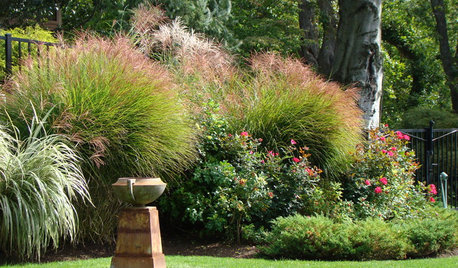
LANDSCAPE DESIGNThe 7 Best Plant Types for Creating Privacy and How to Use Them
Follow these tips for using different kinds of plants as living privacy screens
Full Story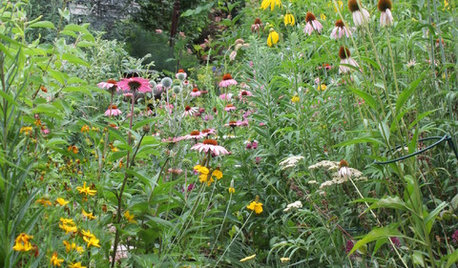
GARDENING FOR BUTTERFLIES3 Ways Native Plants Make Gardening So Much Better
You probably know about the lower maintenance. But native plants' other benefits go far beyond a little less watering and weeding
Full Story
DECORATING GUIDESA Glimmer of Gold Leaf Will Make Your Room Shine
Make a unique, unexpected statement in any space with this precious metallic finish
Full Story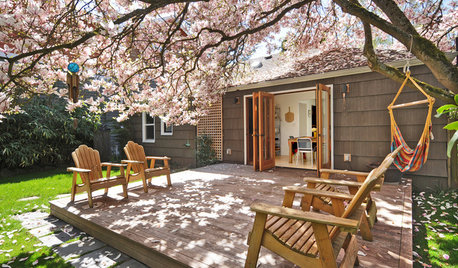
ARBOR DAY8 Reasons to Plant a Great Tree
Beauty is its own reward, but the benefits of planting the right tree in the right place go way beyond looks
Full StorySponsored
Columbus Area's Luxury Design Build Firm | 17x Best of Houzz Winner!




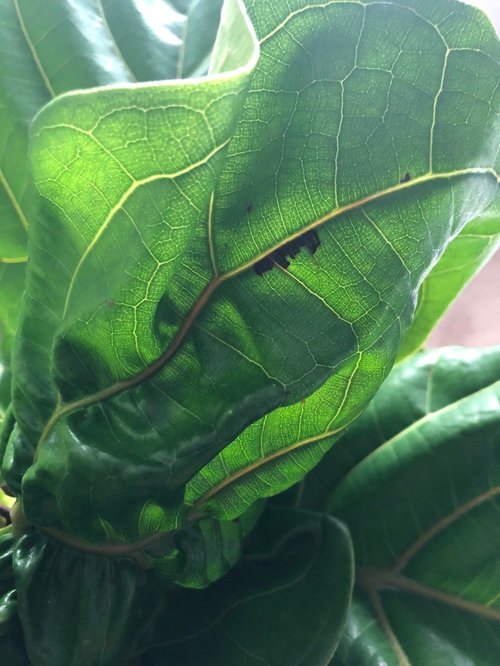
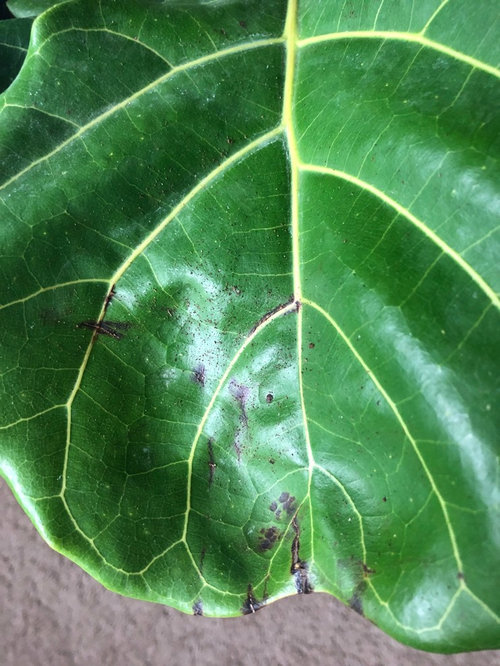
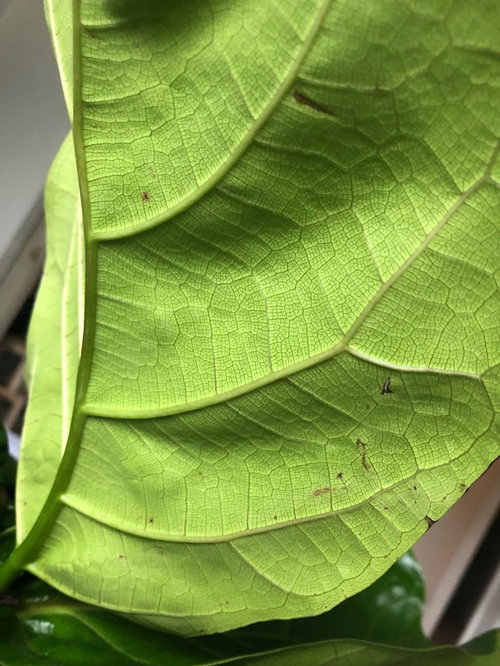
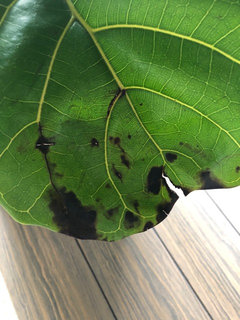
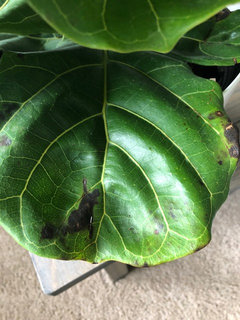
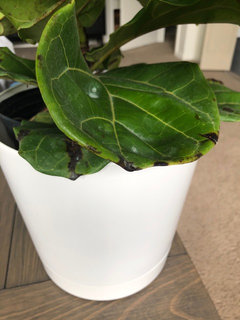
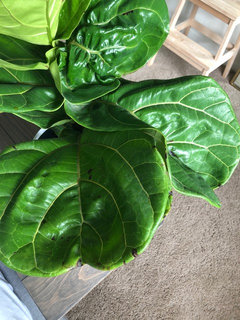
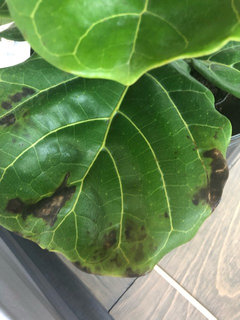
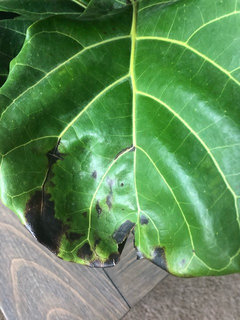
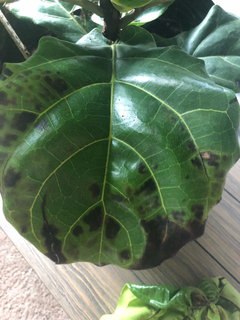
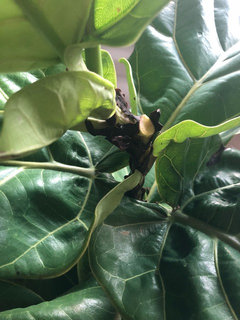
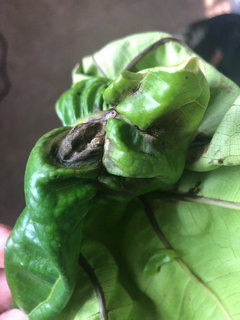

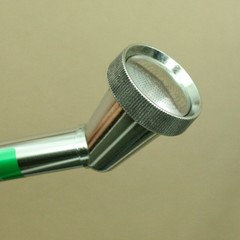
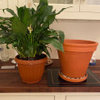
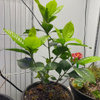

tapla (mid-Michigan, USDA z5b-6a)